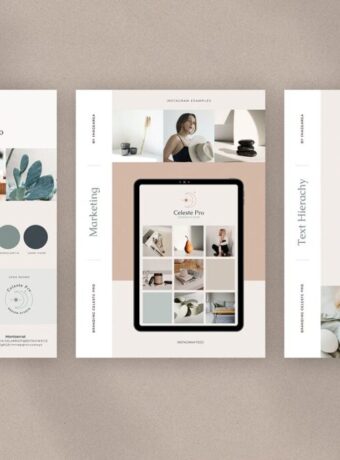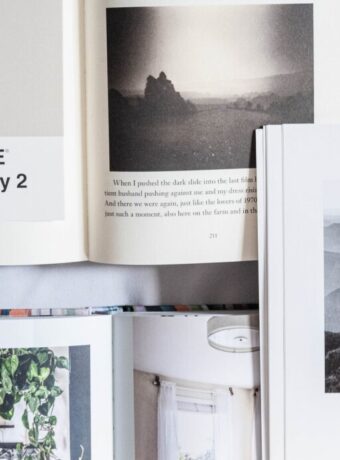Canva vs Milanote: Which Tool Works Best for Moodboards?
Moodboards help you define your brand’s tone, color, and visual direction – we are discussing Canva vs Milanote.

Whether you run a design studio, sell templates, or build your own creative brand, moodboards set the stage. Two tools dominate this space: Canva and Milanote. They both look polished. They both let you make visual boards. But they work very differently.
If you need to choose one tool to build and share moodboards quickly, this post breaks down the pros, limitations, and ideal use cases of both platforms.
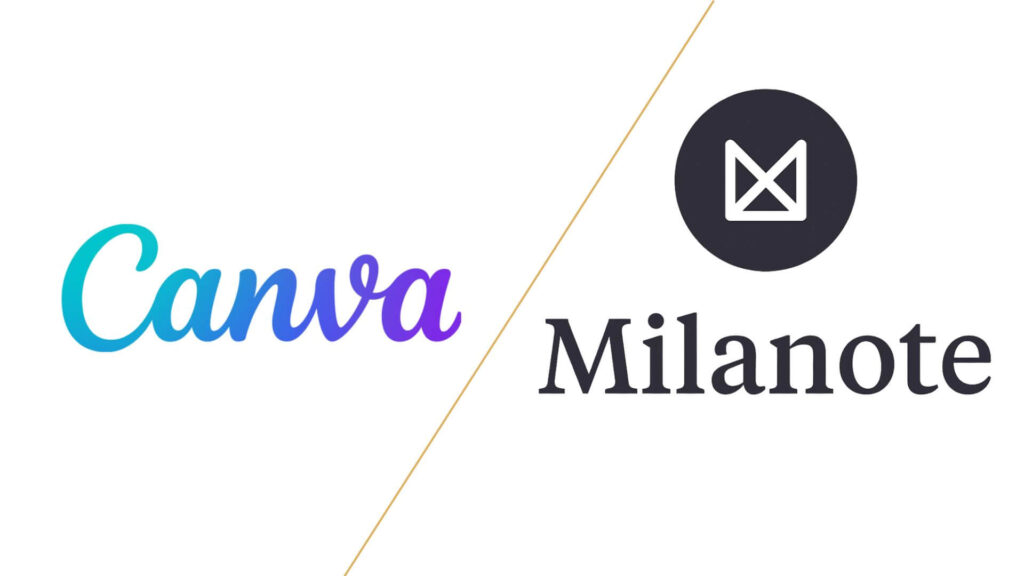
What Canva Does Well for Moodboards
Canva makes design accessible.
Anyone can use it, and most people already do. You open a template, drag in visuals, type your notes, and export in minutes.
Canva works best when you want:
- Pre-made templates for brand moodboards, client presentations, or product launches
- Easy access to stock photos, fonts, and design elements
- Quick exports in PDF or JPG format
- Team collaboration on shared folders
- To create deliverables like brand kits, guides, or slides in one platform
Pros of using Canva:
- Simple drag-and-drop interface
- Thousands of free and paid templates
- Built-in photo and element library
- Automatic brand kits and saved color palettes
- Web and mobile access
- Excellent for non-designers and client-facing creatives
What Canva lacks:
- No flexible freeform canvas
- No easy way to group inspiration and text without heavy layout editing
- Limited real-time creative brainstorming
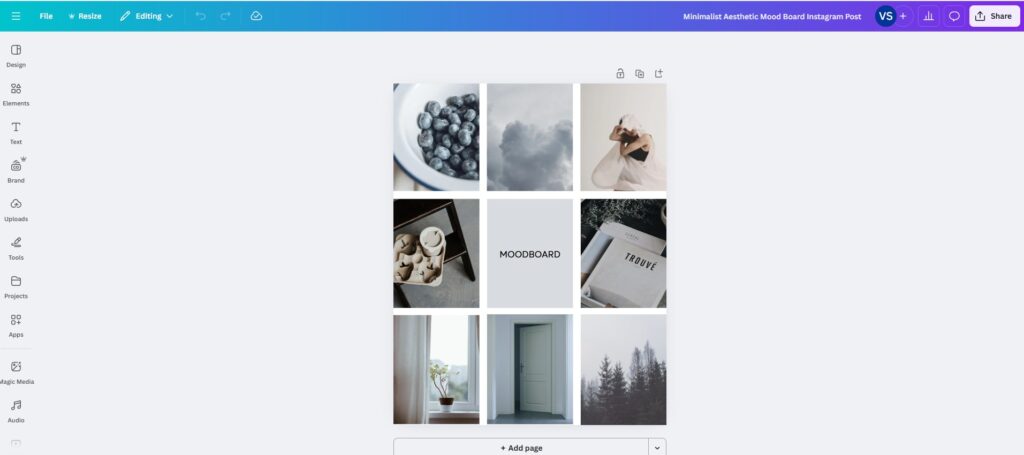
What Milanote Does Better Than Canva
Milanote focuses on visual thinking. It feels more like a physical whiteboard. You add images, notes, links, arrows, and sections without structure limits.
This makes it ideal for early-stage concepts, creative planning, and visual research.
Milanote works best when you want:
- Freedom to move items anywhere on a canvas
- A board that feels like a creative wall, not a design file
- Quick dumping of ideas without polish
- To organize creative direction before you commit to a layout
- To collaborate with clients or team members visually, without design rules
Pros of using Milanote:
- Infinite canvas, no design grid
- Mix visuals, notes, links, and files
- Easy for idea exploration and concept planning
- No design experience needed
- Great for moodboarding in concept phases
What Milanote lacks:
- No templates or branded exports
- Limited customization of font and color styles
- Less control over a polished presentation
- Lower quality exports (not print-ready)
- Limited asset storage unless you pay
Key Differences That Matter for Moodboards
1. Structure vs Freedom
Canva forces structure. Every moodboard looks designed. That’s great for client handoffs or public sharing. Milanote gives total freedom. That’s great for messy thinking or building moodboards you never need to print.
2. Templates vs Blank Canvas
Canva wins on templates. You can start from brand board layouts, social post grids, or pitch decks. Milanote starts with nothing. You create structure as you go.
3. Final Delivery
If you need a polished PDF or branded export, Canva is your tool. If you need a live workspace for evolving ideas, Milanote gives you room to think.
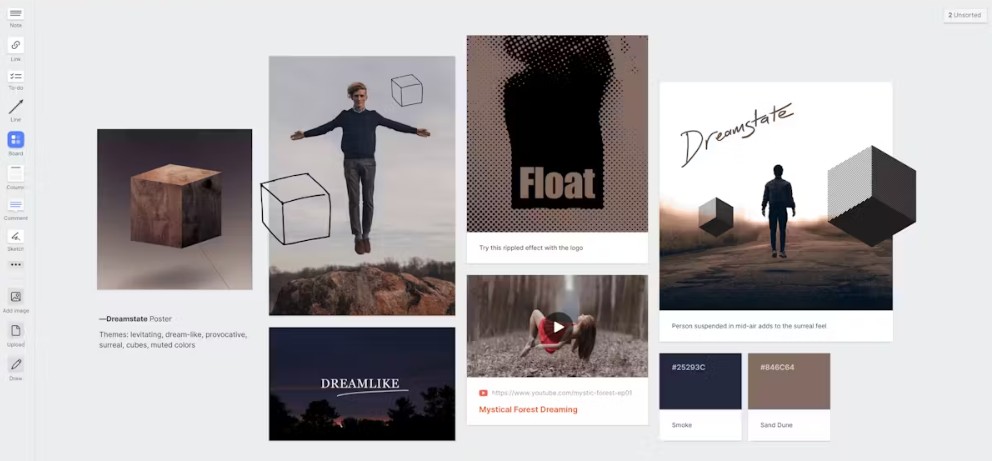
Which One Should You Use: Canva vs Milanote?
Use Canva if:
- You want clean, presentable moodboards
- You need branded visuals or templates
- You plan to export or send the board to clients
- You prefer structure and built-in design tools
- You want to keep everything in one tool (brand boards, slides, etc.)
Use Milanote if:
- You want flexibility and creative freedom
- You work on complex or layered brand projects
- You collect ideas before turning them into designs
- You plan moodboards for internal use or exploration
- You prefer a tool that feels more like a creative journal
Ideal Workflow: Use Both
Start in Milanote. Dump your ideas, colors, images, references, and messy notes. Once your direction feels right, switch to Canva. Use templates to organize your ideas into a clean, branded deliverable.
This two-part system works well for:
- Brand designers
- Art directors
- Content creators
- Personal branding experts
- Creatives working with clients who expect polish
What About Cost?
| Feature | Canva Free | Canva Pro (€109/year) | Milanote Free | Milanote Pro (€10/month) |
|---|---|---|---|---|
| Templates | ✅ Yes | ✅ Yes | ❌ No | ❌ No |
| Asset library | ✅ Limited | ✅ Unlimited | ❌ No | ✅ Upload own files |
| Unlimited boards | ✅ Yes | ✅ Yes | ❌ No (limited) | ✅ Yes |
| Export quality | ✅ Good | ✅ High | ❌ Basic | ❌ Basic |
| Brand kits | ❌ No | ✅ Yes | ❌ No | ❌ No |
| Collaboration | ✅ Yes | ✅ Yes | ✅ Yes | ✅ Yes |
Final Thoughts: Canva vs Milanote
Use Canva when you want polish, templates, and easy exports.
Use Milanote when you want flexibility, freedom, and fast concept exploration. Each tool solves a different stage of the creative process. You don’t need to choose one over the other. Just know when to use each.
If you want to create consistent, emotional, and clear brand visuals, start with the right tools and system.
Learn More About Mood Boards
Creative Mood Board Examples to Boost Your Inspiration
Last Updated on 24/05/2025 by Victoria Silber



